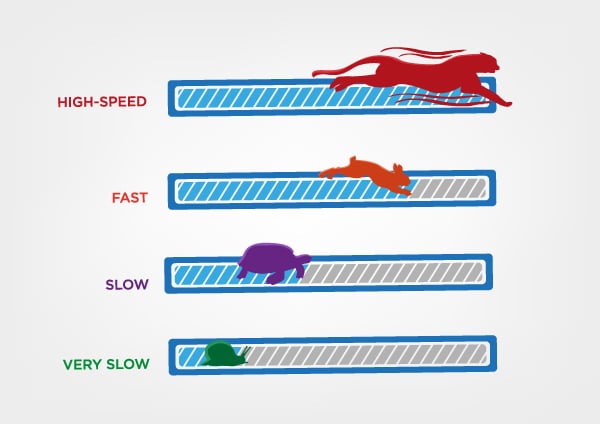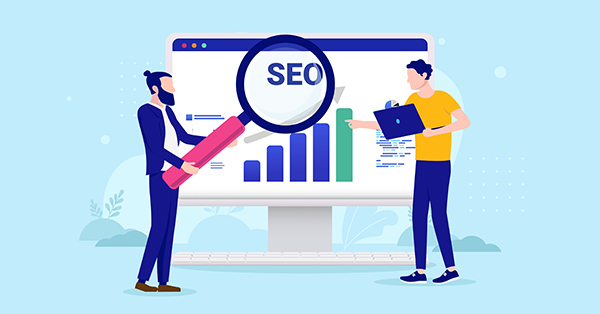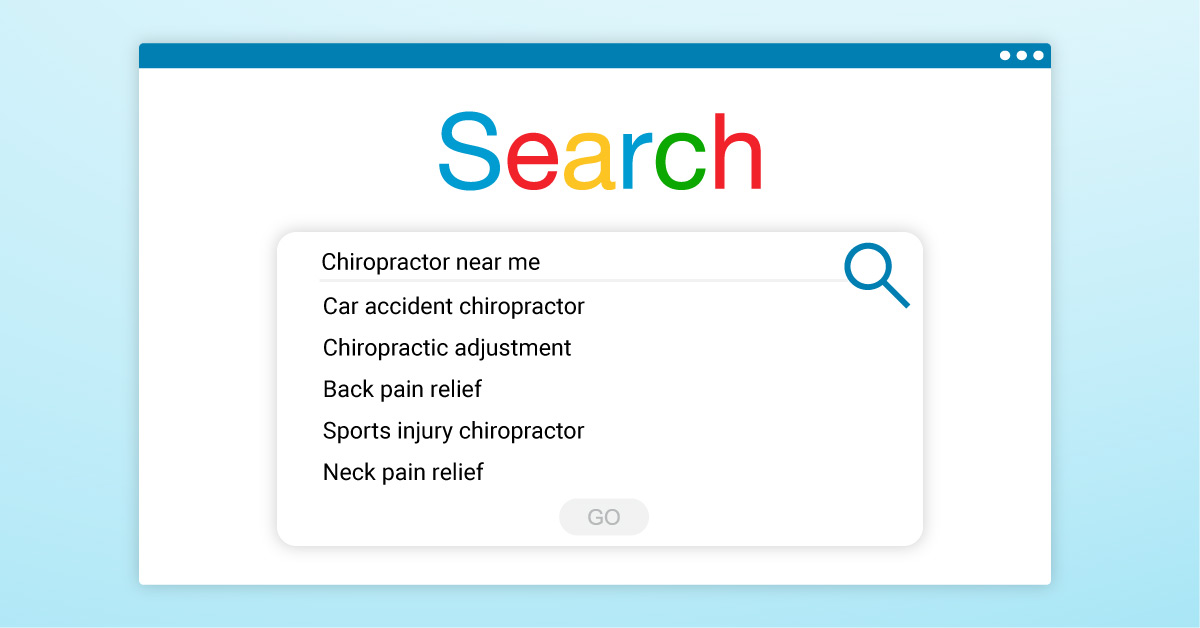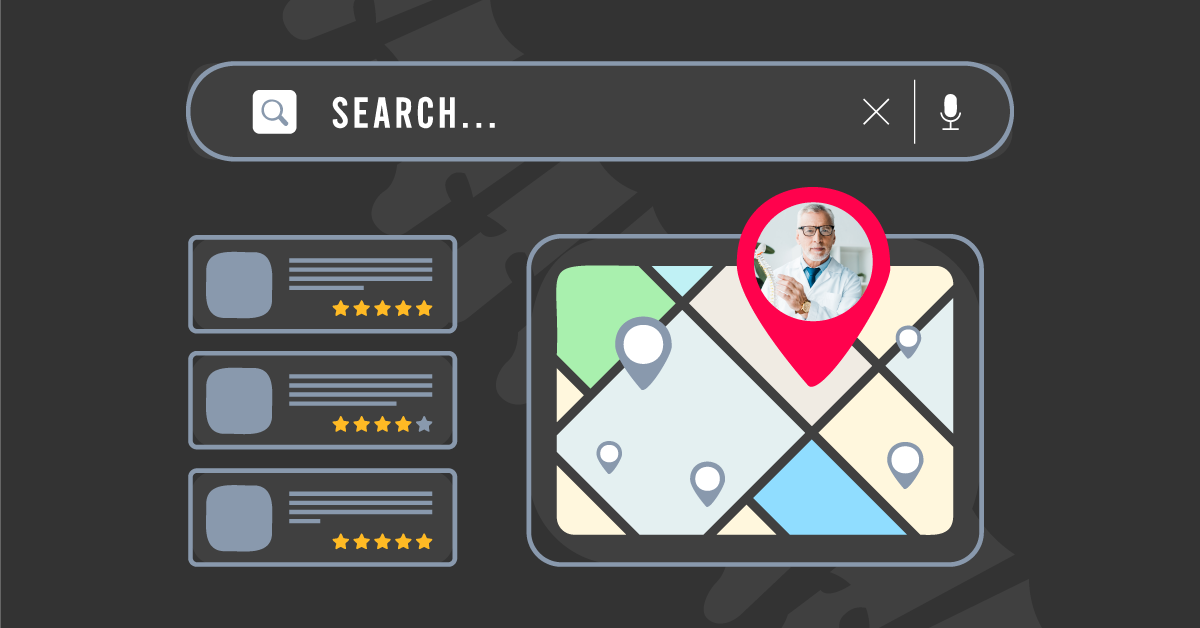SEO Myths to Leave Behind
Search engine optimization (SEO) is constantly changing and requires research to stay updated on the latest trends. SEO strategies that worked a few years ago may no longer be relevant, especially because of Google’s ever-changing algorithm. With so many shifts being made, it can be easy to get lost in what is fact or fiction.
Business owners can easily become victims of SEO myths that are circulating around the internet and implement the wrong strategy that can actually hurt their ranking on search engine result pages (SERPs). That is why it’s important to be cautious when reading up on the best new SEO trends.
Take this journey with us as we debunk the top SEO myths and learn what strategies you should be using to get more business and the myths you can kick to the curb.
Let’s begin!
1. You need as much content as possible on your website.
It is absolutely necessary that you include optimized content on your website in order to rank among the best. But, that doesn’t mean that you should be producing large amounts of web page content just because!
Be purposeful in your content marketing plan and keep your audience’s needs in mind. Why are you designing this infographic? What is the purpose of this blog post? What do you want viewers to learn from this video? Have a specific use for everything on your website so that you aren’t just pushing content that receives little to no engagement.
If your content isn’t properly optimized for SEO, then you will have tons of information on your website that no one will see because Google will be less likely to notice your pages. Make sure that each piece of content is indexable and keyword optimized so Google can pull the web page for related searches.
2. Ranking positions are all that matter.
While being in the first few spots on Google will land you more visitors and lead to higher conversions, it’s not the only thing that you should focus on with your SEO strategy.
Your Google ranking is only one of the many reasons you may not be seeing as many visitors as you expected. Structure your website so that it’s easy to navigate, loads quickly, is informational, and provides the best user experience. Then, watch as your website begins to rise to the top organically.
3. Mobile-optimization isn’t important.
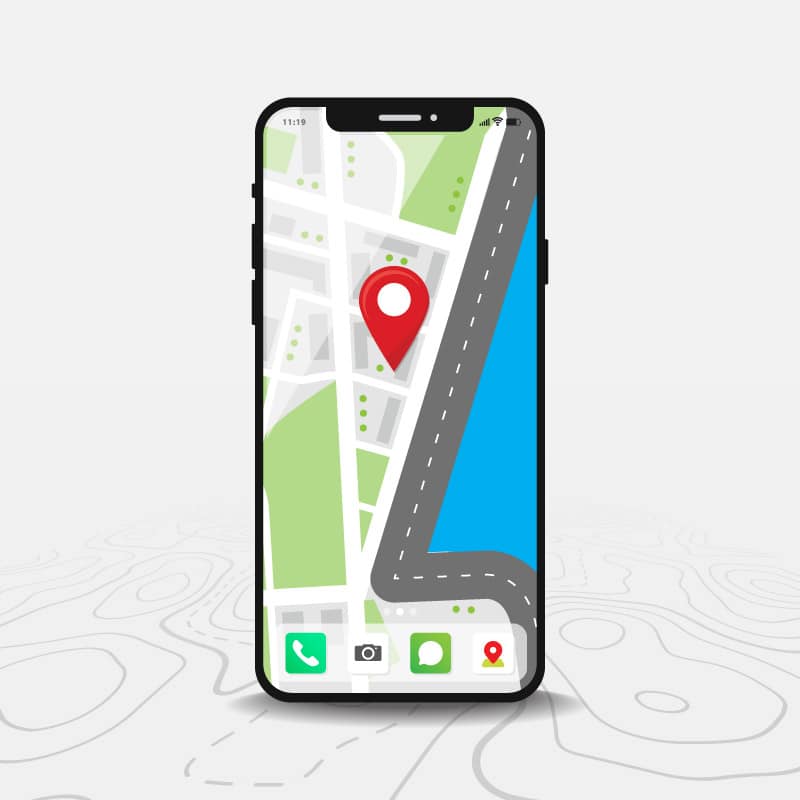
Did you know that over 50% of Google searches are made via a mobile device? This statistic demonstrates just how significant it is that you include optimization for smartphones in your SEO strategy.
Whether or not you are optimizing for mobile devices is something that Google assesses when ranking your site. If your website isn’t mobile-friendly, that can be a contributing factor to a low ranking.
People are using their smartphones now more than ever to access the web and make search queries about what businesses they want to purchase from or visit. So when you design your website, you should automatically be considering how fonts, images, content, and site layout will look like for someone viewing on a smartphone versus someone on a desktop.
4. External links negatively affect SEO.
You may have heard that it’s not good to link to other web pages in the content on your website, and we’re here to tell you that this is false!
Search engines like Google take into account that you are linking to other relevant and authoritative sources which can then positively affect your SEO. When you don’t utilize external links in your content, it can make your page appear as a dead end, so to speak. Google will see your site as unhelpful because you aren’t linking to whatever website you received the information included in your content.
Using external links that direct your website traffic to a well-known, trustworthy source is a great way to boost your own reputation and increase your ranking.
5. You shouldn’t optimize your images.
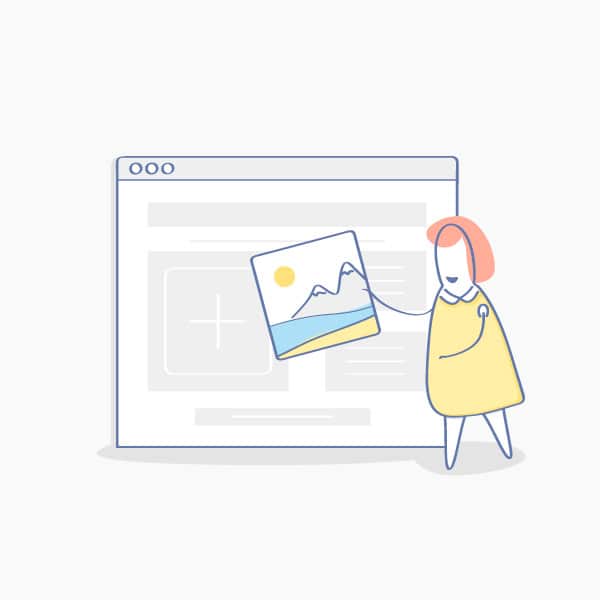 If you are embedding any type of image on your website, you should be optimizing them. You can do this by using what is known as an alt tag. Google’s algorithm is not quite advanced enough to view images the way the human mind does, so the way they “see” images are through alt tags.
If you are embedding any type of image on your website, you should be optimizing them. You can do this by using what is known as an alt tag. Google’s algorithm is not quite advanced enough to view images the way the human mind does, so the way they “see” images are through alt tags.
An alt tag is simply an HTML attribute that gives a description of the image.
For example, if you own a local eye care practice and you have an image of someone getting their eyes examined on your website, the alt tag could read something like “elderly woman receiving an eye exam.”
Alt tags are useful to people who are visually impaired because, when they use screen readers, it will be able to read the attribute so that they know what the image is. This makes your website accessible to more people. The more users visiting your site, the better your ranking!
6. Internal links aren’t necessary.
Internal links are a hyperlink that directs you to another web page on the same domain. These types of links are important because they direct users from one piece of content to another on your website.
For example, if you own a veterinary practice and post a blog entry on your website about the importance of vaccinations for pets, you could link it to another resource on your site that supports your claims. This increases the traffic and ranking on more than just one landing page and also prompts visitors to respond to a call-to-action.
Your blog post could include an internal link that directs them to your contact page, so if they have any questions about the information given, they can reach out to you.
7. SEO is a one-time thing.

When you first created your website, you may have attempted to optimize your pages and they didn’t perform the way you expected. If your website isn’t targeting the right web users, just remember, SEO isn’t something that can be done overnight and just forgotten about. You can edit, adjust, and update based on new information from reliable resources and the data you collect about your website’s performance.
You must be patient in order to see the benefits of optimizing your site. It takes time to properly implement SEO on every page. If you have already optimized your site in the past, you should look it over again and make changes as necessary. Some things may need to be changed due to:
- Outdated content
- 404 errors
- Keyword relevancy
- Unavailable backlinks
Try to comb through your entire site and optimize each page as necessary. This will take time and effort, but the results will be so fulfilling!
8. Slow loading speed isn’t affecting your bounce rate.
A slow-loading website is a factor that has the ability to delay your rise to the top ranking spot on Google.
If your website loads one second slower than users expect, it results in 11% fewer page views.
Yes, just one second. The longer it takes, the higher your bounce rate will be because visitors will move on to a site that loads much more efficiently.
Consider what may be causing such slow loading time on your site and figure out the best way to eliminate the problem. Run a website speed test to learn what is making your site load slower than average.
One common mistake that many business owners make is having large files on their website. Minimizing large photo or video files can be a huge help in speeding up your loading time. Decreasing your load time can drastically affect your web traffic and increase your conversion rate.
Debunking Popular SEO Myths
With so much information about SEO being shared across the web, we understand how easy it is to think these misconceptions are true. But that’s what we’re here for! If you stumble upon what you may believe to be another SEO myth, be diligent, and do your research.
Make sure each new SEO strategy you implement will be beneficial to your ranking and attract more web traffic to your site in order to gain you new patients or clients.
For more information on how to include SEO on your website, read out our other resources
Why SEO Matters for Small Businesses
5 SEO Tips for Mobile-Friendly Websites
SEO Tags and Video Marketing
PGNlbnRlcj48ZGl2IGRhdGEtaWQ9Ijk4ZGQ2MWYzOGQiIGNsYXNzPSJsaXZlY2hhdF9idXR0b24iIG9uY2xpY2s9InBhcmVudC5MQ19BUEkub3Blbl9jaGF0X3dpbmRvdyh7c291cmNlOidtaW5pbWl6ZWQnfSk7IHJldHVybiBmYWxzZSI+PGEgaHJlZj0iIyI+PGltZyBzcmM9Imh0dHBzOi8vaW1hdHJpeC5jb20vd3AtY29udGVudC91cGxvYWRzLzIwMTgvMDUvbGl2ZS1jaGF0LWJsb2ctMS5qcGciIGFsdD0iaU1hdHJpeCBMaXZlQ2hhdCIgd2lkdGg9IjgwMHB4IiBoZWlnaHQ9IjIyNXB4IiBib3JkZXI9IjAiPjwvYT48L2Rpdj48L2NlbnRlcj4=



